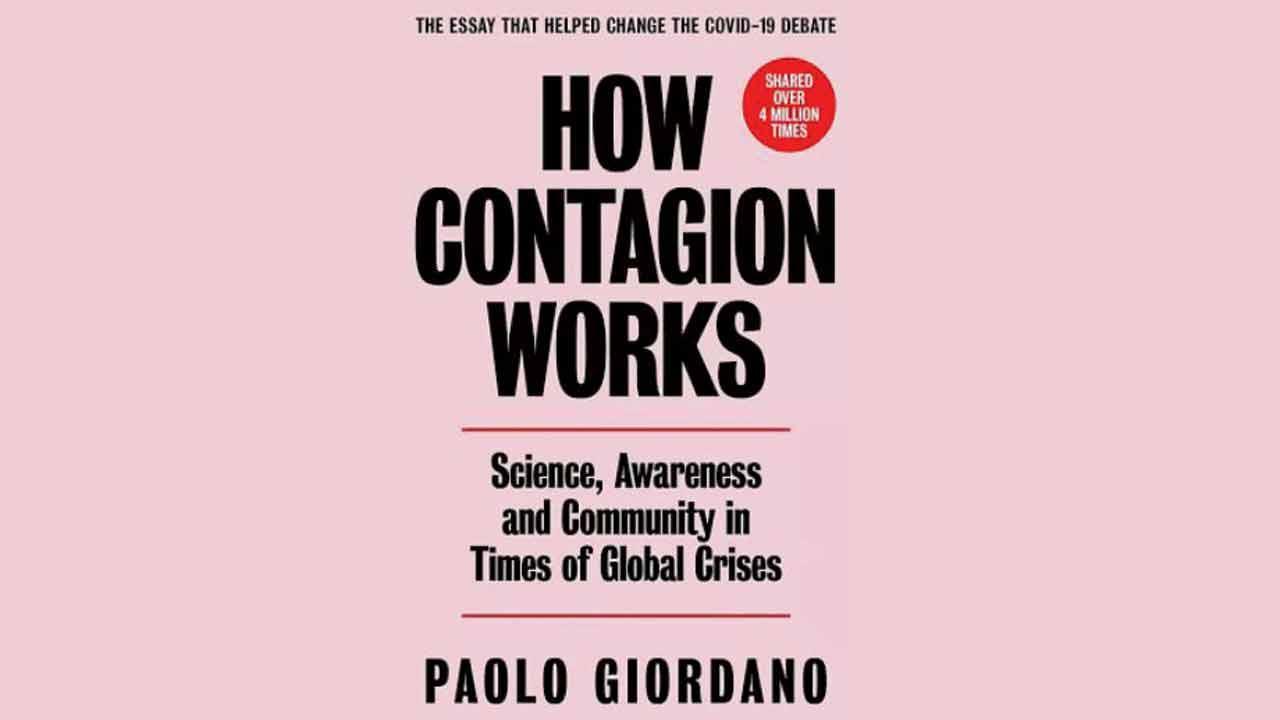Four new books offer a deep dive into the novel Coronavirus, exploring the whys and hows of the spread of infection

How Contagion Works
How Contagion Works
By Paolo Giordano
Last year, when COVID-19 was just about beginning to rear its ugly head in Italy, Italian physicist and bestselling novelist Giordano’s article, The Mathematics of Contagion, published in his home country got shared more than four million times. The essay that, in a way, shaped and changed conversation around the pandemic is now available in a slim 68-page book. Giordano began writing this piece on February 29 last year, when the confirmed cases of infection had surpassed the 85,000 threshold, and the death toll 3,000. The essay, now split into short chapters, examines how small mistakes go a long way in intensifying the spread of infection. Like a simple quarantine dilemma of whether to go for a friend’s birthday party when the WHO is telling people “to avoid gatherings,” and what would happen if everyone landed at the venue. His piece leaves a stellar impact, when he says, how “in the contagion, science has disappointed us”.
Price: Rs 255
ADVERTISEMENT
COVID-19: Separating Fact from Fiction
By Dr Anirban Mahapatra
This newly-released book by Penguin Random House offers a historical perspective of the novel Coronavirus. Dr Mahapatra has been involved in scientific publishing for over two decades, and has earned his PhD in microbiology at the Ohio State University. Analysing scientific and medical literature available on the virus, he charts the scientific progress made in understanding how lethal it is, how it infects us, and how we fight back. The attempt is to understand how to live with the virus, and whether this pandemic will ever end. And if it will, what will our lives be like after that.
Price: Rs 599
Deadliest Enemy
By Dr Michael T Osterholm and Mark Olshaker
Originally published in 2017, the idea for this book came following the 2014-16 Ebola outbreak in West Africa. Charting the history of global diseases, this bestseller explored the biological and scientific crisis in the world today. Its 2020 edition comes with a new preface on the Coronavirus crisis. In the book, authors Osterholm, founding-director of the Centre for Infectious Disease Research and Policy at the University of Minnesota, and Olshaker, who is an Emmy award-winning documentary filmmaker, does a deep dive into the killer germs. The chapter we found interesting was the one on bioterrorism. With conspiracy theories surrounding bio weaponry, this gives a better picture.
Price: Rs 699
COVID-19
By Debora MacKenzie
“If your house burns down, you ask two things. First, how did a fire get started in the house, to begin with? Second, and most urgently, given that it did—and we saw it happen—why didn’t we put it out before it spread?” MacKenzie, who has been reporting on emerging diseases for more than three decades, uses this question as analogy in her book, COVID-19 (Hachette India), when discussing why the pandemic should never have happened. She discusses the history of SARS and MERS, and how those outbreaks had foretold the arrival of something more dangerous. She explains why it is too simplistic to “blame the bats” alone, because it’s actually hard to catch the viruses from them.
Price: Rs 699
 Subscribe today by clicking the link and stay updated with the latest news!" Click here!
Subscribe today by clicking the link and stay updated with the latest news!" Click here!






